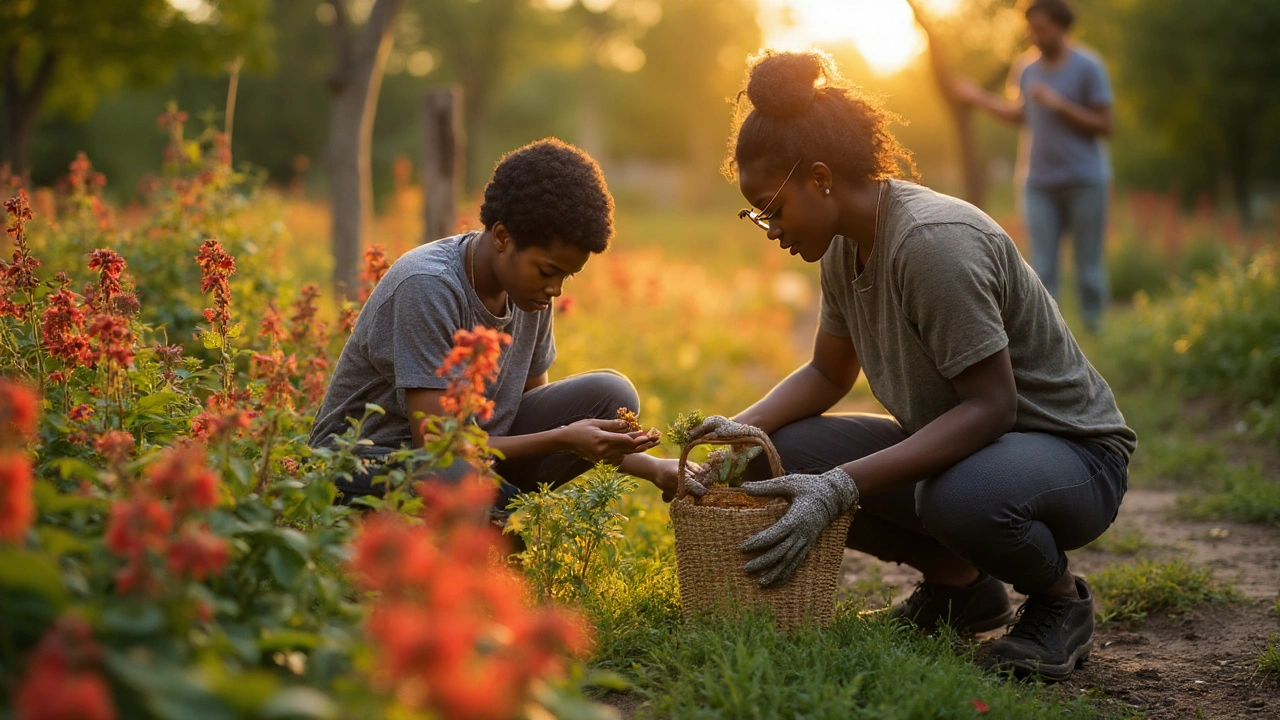
A practical, evidence-aware guide to Oswego tea (bee balm). Learn benefits, how to brew, doses, safety, and smart buying tips to use it as a daily supplement.
Monarda didyma, commonly called bee balm, is a bright‑red herb that makes a splash in gardens and kitchens alike. It’s known for its cheerful flowers, aromatic leaves, and a history of use in folk medicine. If you’re looking for a plant that’s both pretty and practical, this one fits the bill.
Bee balm belongs to the mint family and grows best in sunny spots with well‑draining soil. The plant produces tall stems topped with clusters of tubular flowers that attract bees, butterflies, and hummingbirds. Its leaves have a citrus‑spicy scent, which is why they’ve been used to flavor teas, salads, and sauces.
Beyond flavor, traditional healers have used the plant for sore throats, digestive upset, and skin irritations. Modern studies point to antimicrobial and anti‑inflammatory compounds in the essential oils, giving the herb a solid footing for natural‑remedy fans.
Starting seeds is easy: sow them indoors 6‑8 weeks before the last frost, then transplant outside after danger passes. Space each plant about 18‑24 inches apart to let the roots spread. Water regularly, but avoid soggy soil – the roots hate standing water.
Once established, bee balm is fairly low‑maintenance. A light mulch helps retain moisture and suppress weeds. If you live in a hot climate, give the plant a little afternoon shade to keep the foliage from scorching.
Pruning is key for a tidy garden. Cut back the stems after the first bloom to encourage a second flush of flowers. In the fall, trim the plant down to a couple of inches above the ground; this lets it overwinter cleanly and come back strong next spring.
Harvest the leaves and flowers when the plant is in full bloom. Rinse them, chop, and toss into salads or steep in hot water for a soothing tea. The fresh stems also make a great garnish for cocktails, adding a pop of color and a hint of lemony spice.
If you’re interested in making a homemade salve, steep the leaves in oil, strain, and mix with beeswax. The result is a soothing ointment for minor skin irritations, cuts, or bruises.
Because Monarda didyma attracts pollinators, planting it can boost the health of your whole garden. Bees love the nectar, while butterflies flutter around the bright blossoms, helping other plants get pollinated.
Overall, bee balm is a versatile addition that looks good, smells great, and offers practical health benefits. Whether you’re a beginner gardener or a seasoned herbalist, giving Monarda didyma a spot in your backyard is a win‑win.

A practical, evidence-aware guide to Oswego tea (bee balm). Learn benefits, how to brew, doses, safety, and smart buying tips to use it as a daily supplement.